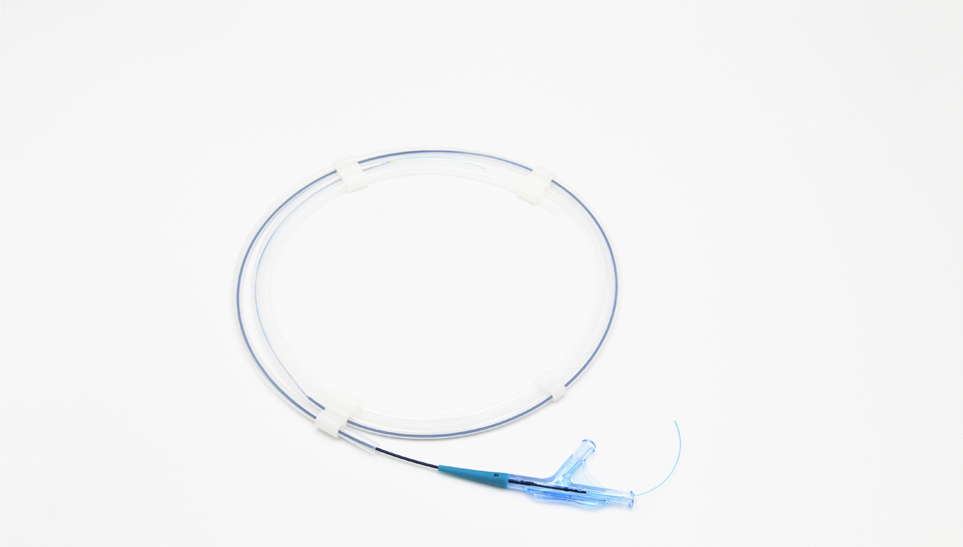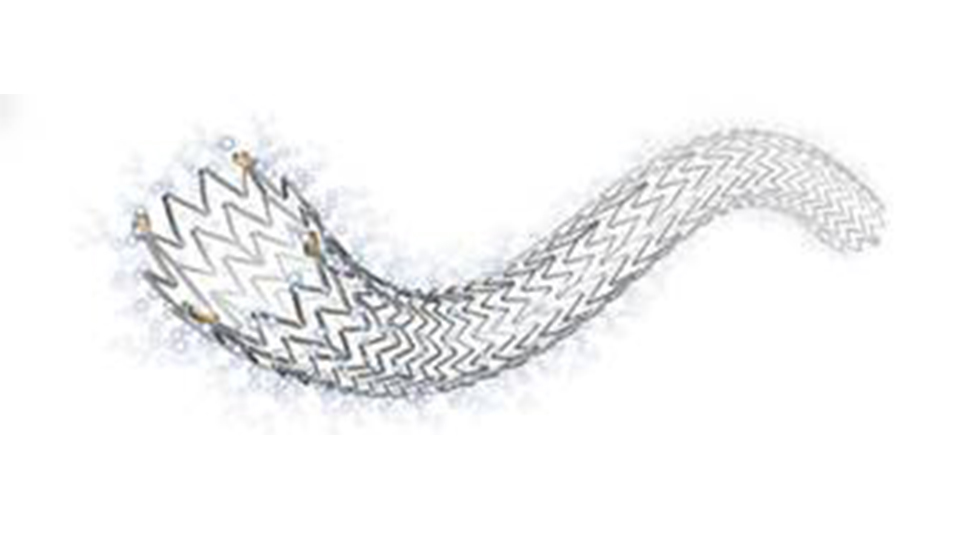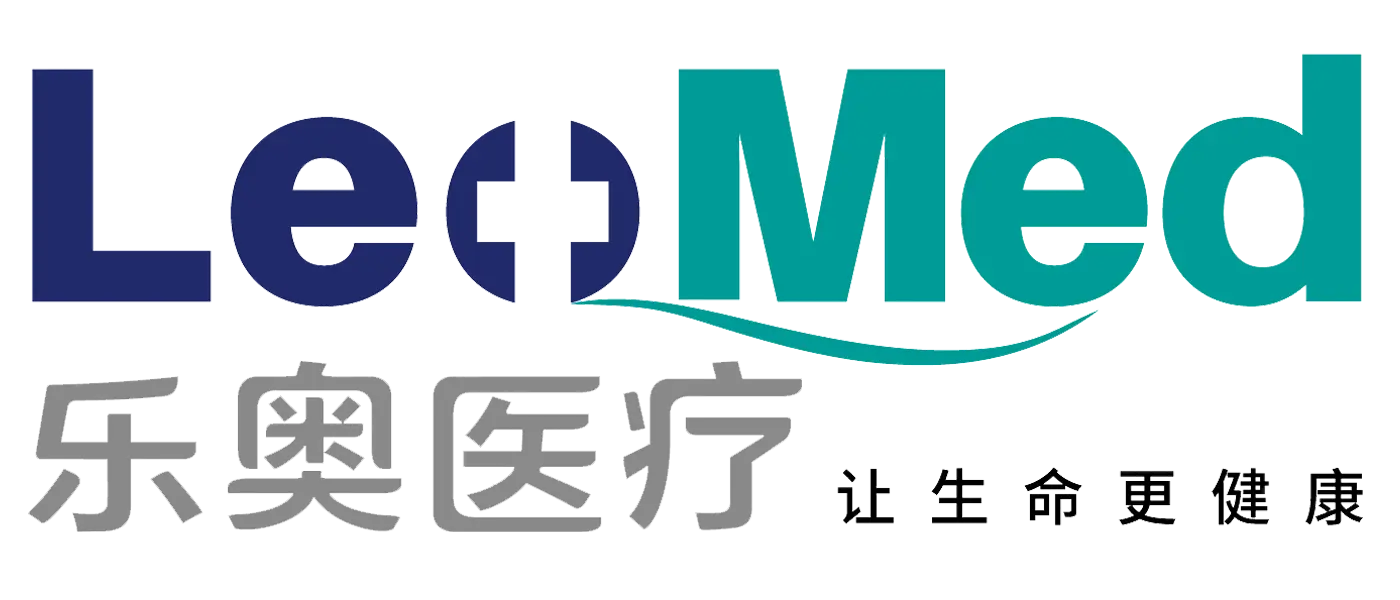LeoMed Peripheral Vascular products include its three major technology: Balloon catheter Tech., Metalic stent Tech., and Drug loaded Tech., these key technologies ensure the high quality of PTA dilatation balloon, and Peripheral Stent System.
LeoMed Peripheral Vascular products are mainly used for treatment of Arteriovenous thrombosis, arteriosclerosis obliterans, deep vein thrombosis, varicose vein disease, aneurysm, arteriovenous fistula, arteriovenous inflammatory disease, etc.
LeoMed people adhere to pursuing innovations aimed at simplifying surgical procedures, facilitating the operation of doctors and nurses, and reducing the burden of patients.



Peripheral vascular diseases, the incidence of which has increased significantly in recent years, such as arteriovenous thrombosis, arteriosclerosis obliterans, deep vein thrombosis, varicose vein diseases, aneurysms, arteriovenous fistulas, arteriovenous inflammatory diseases and so on.
Make a small incision in the thigh, which allows access to the femoral artery.
Insert a guidewire into the artery.
The guidewire is threaded to the site of the blockage under the guidance of fluoroscopy,
A catheter with a small, collapsed balloon at its tip sheaths the wire and is pushed to the blockage.
The catheter enters the blockage, and the balloon is inflated, flattening the plaque against the artery walls.
The balloon may be coated in medicine (called drug-eluting balloon) that helps the artery heal from this process with less scarring.
Physician then deflates the balloon and withdraws the catheter.
Physician may then perform stenting and/or atherectomy.

 English
English 한국어
한국어 français
français Deutsch
Deutsch Español
Español русский
русский português
português العربية
العربية ไทย
ไทย

